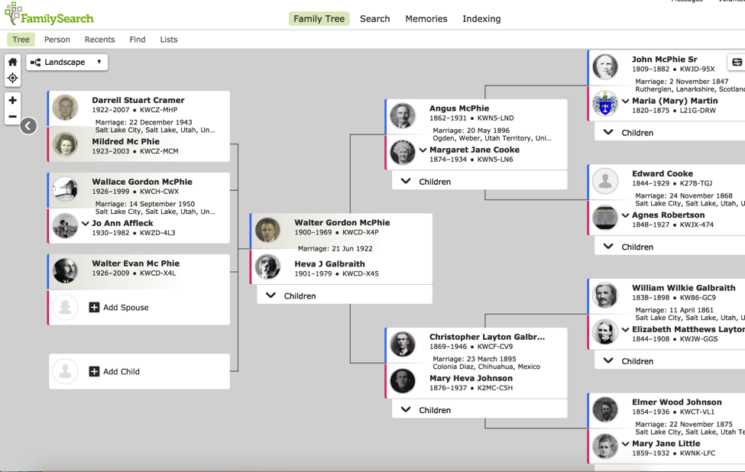
:max_bytes(150000):strip_icc()/familytreenow-results-db2002996c094f2492db24f37d114753.png)
An e-mail all about 'John' and 'Mary' can be equally confusing. By all means, refer to people like this, but alwaysĪdd their names – not just first names. For a non-relative, it becomes more confusing still. Grandma' may have been 'aunty', or 'mother'. You know who 'great grandma' was, but from another relative's point of view, 'great If you write something that you do not feel is completely clear, re-read it, and if necessary re-write it.Īlways refer to people by name, rather than by their relationship to you. Think about what you want to ask,Īnd what information you want to give, before you start writing. Make your communications as clear as possible, so that it is easy for the recipient to understand how they can help you. Courtesy in letters, e-mails and postings on websites extends beyond the 'please'sĪnd 'thankyou's. Into the habit of noting down the sources of your information – an essential habit that will serve you very well as you start to delve further back in time.įinding out information from relatives is the best way to start your family tree research. Remember – write down and save everything you learn and keep it safe, in a special box or drawer, or if you keep it all on the computer, back-up your information regularly. Yes – such traits are inherited, and are just as valid and interestingĪ part of your inheritance as anything else! In the family, or any odd genetic traits, such as being able to wiggle your ears, or bend your thumb backwards. Are there any recipes that they use, that come down from earlier generations? Are there genetically inherited diseases Include old family letters, diaries and documents: if so, ask for photocopies or scanned images (the more the better, as making copies automatically increases the chances of such valuableįamily information surviving for future generations to enjoy). Other interesting questions to ask include whether they have any objects which are family heirlooms – things that have been passed down from earlier generations.

Within each topic, make sure to ask about other members of the family who may have been involved, such as relatives who went to the same school, or followed the same line of work, Were, how were they involved, and how did it affect them? What was their first job? – and so on. It play in their lives? What was school like then? Where did they go to school? What options did they have when they left school? If they were involved in wars, as so many older generations What are their earliest memories? What was their religion, and what role did Obvious – the date and time of the conversation and the name of the person who is talking.īesides names, dates and places, try to build up a profile of each relative, working through their lives. If you obtain information through conversations, write down as much as you can, and don't omit the glaringly Modern method of communication, keep the results in a safe place. Whether your 'interviews' are face-to-face conversation, telephone, letter, e-mail or any other You can use the 'notes' section as much or little as you want. So, assume nothing, and ask and confirm everything. Name that she has never mentioned before. If you can, start with your own parents – you never know until you ask, what surprises may emerge – you may find, for example, that your mother has a middle The details asked when you add details to the site provide you with a neat structure for 'interviewing' your family, asking for names, dates, places,Īnd so on. At this point, it's time to startĪsking questions. World, who have the same ancestors in common.Īs you fill in details of your parents, grandparents and perhaps earlier ancestors, you will find yourself unsure of names, dates and places. As Genes Reunited's membershipĬontinues to grow, and as its members continue to add names to their family trees on the site, it becomes ever more effective in its main aim – connecting people, all over the The more people are on the site, the more effective it becomes. Of people were entering the family trees on the site, and finding connections either with actual cousins, or at least with people researching the same surnames, with whom they couldĬlearly, the site's effectiveness depends on its members – like you. The inspiration behind Genes Reunited was to use the Internet to speed up this process of meeting like-minded researchers. Of Family History Society journals, in which people listed the surnames they were researching, but of course that depended on seeing the specific edition of the journal in which your One of the best ways was using the 'birth briefs' sections But the problem was finding them in the first place. In the course of your research, you might well come across a cousin who was also tracing theįamily tree, and agree to exchange information and join forces. Before Genes Reunited came along, finding fellow researchers was a hit-and-miss business.


 0 kommentar(er)
0 kommentar(er)
